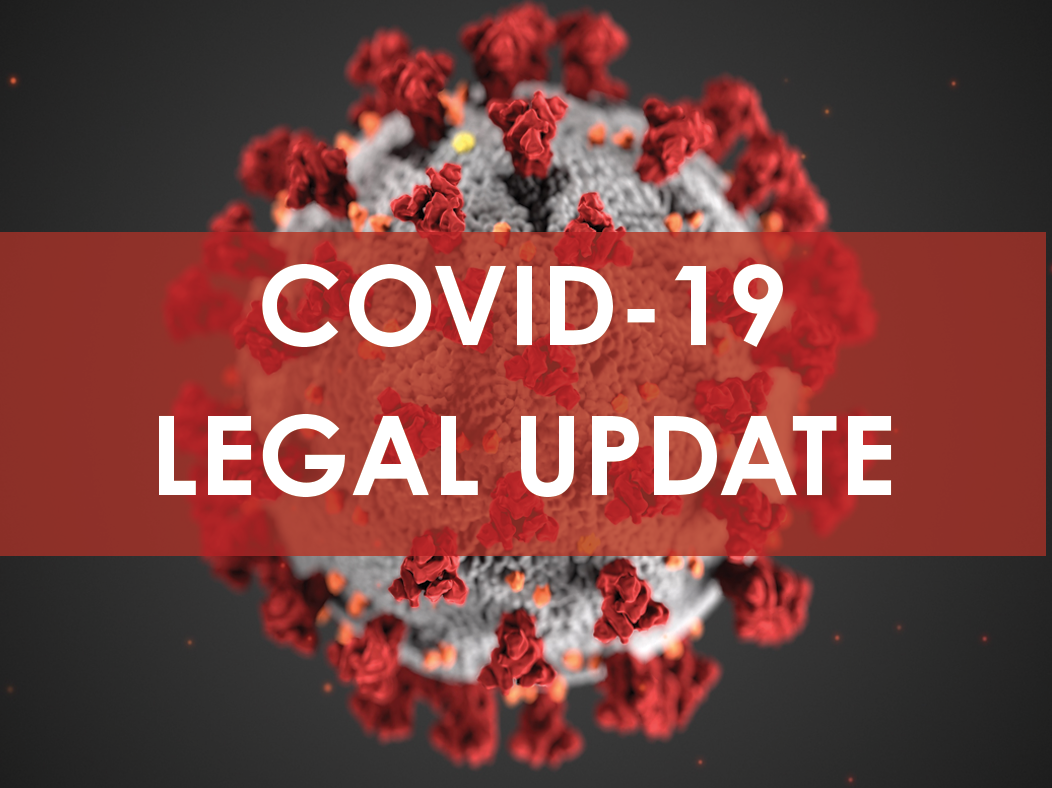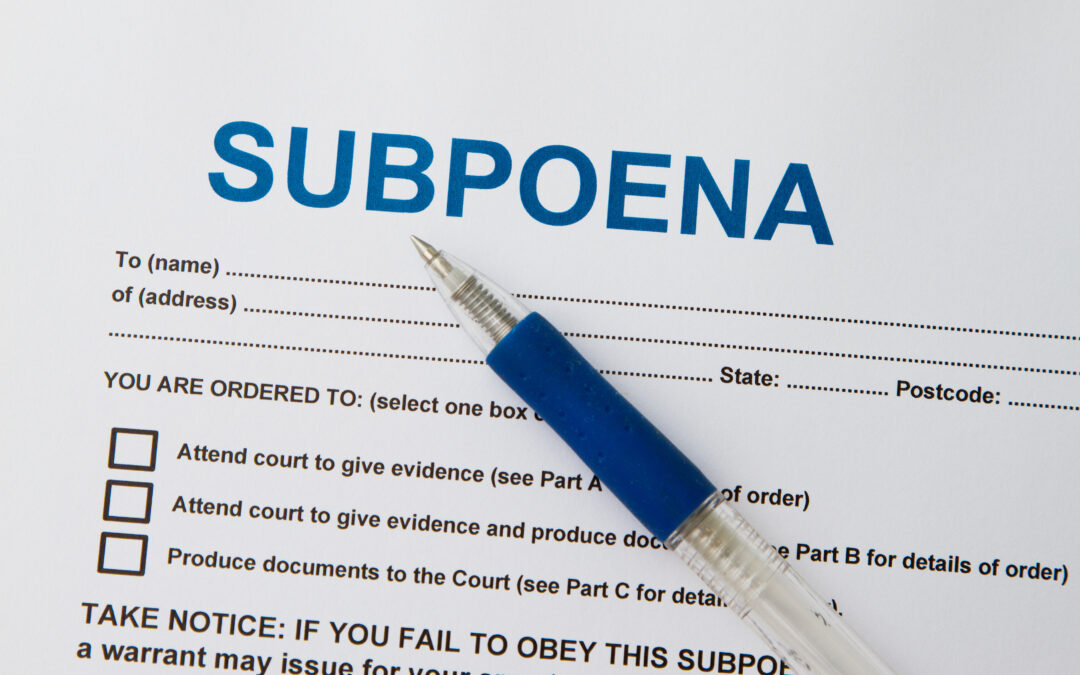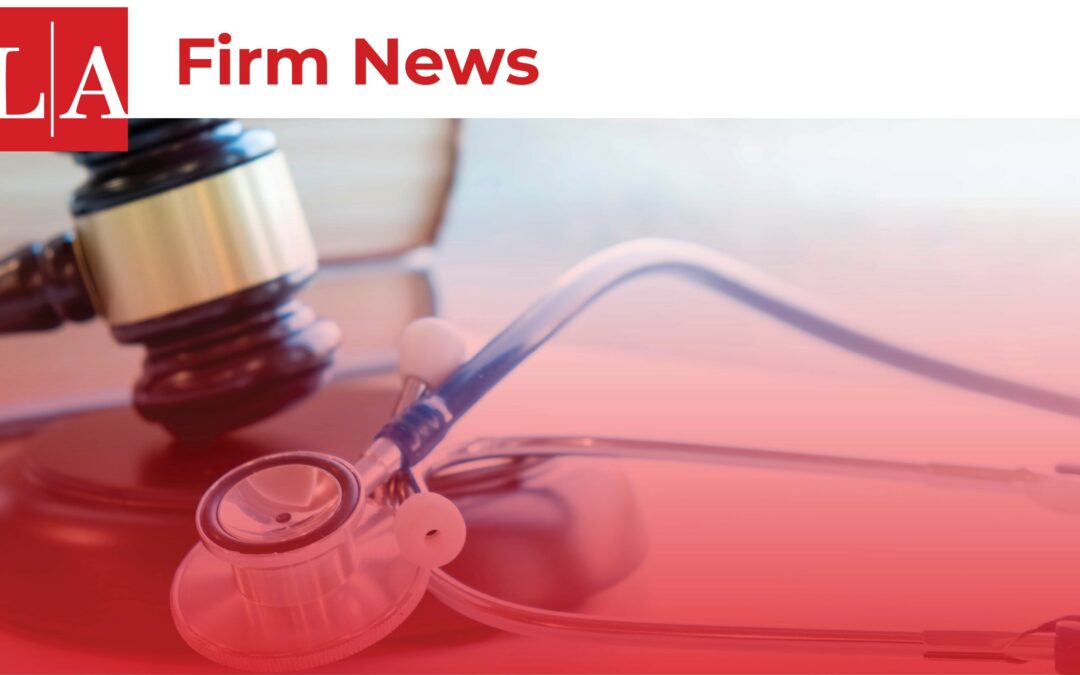On June 5, President Trump signed the Paycheck Protection Program Flexibility Act (“Flexibility Act”), which made substantial changes to the Paycheck Protection Program (“PPP”) established as part of the CARES Act. You can review our summary of the Flexibility Act by clicking here. Due to the changes made by the Flexibility Act, the Small Business Administration (“SBA”) is now in the process of revising its earlier regulatory guidance for consistency with the new law.
Late last week, the SBA issued the first of what will likely become a series of regulatory updates by releasing its revisions to the Interim Final Rule (originally released on April 2, 2020). Below is a summary of the key provisions of this new Interim Final Rule (“Revised IFR”) and our takeaways:
- The Flexibility Act automatically extended the covered period for loan forgiveness from 8 weeks to 24 weeks. Previously, only eligible costs incurred and expenses paid during the 8 weeks following disbursement of PPP loan funds were eligible for forgiveness. The Revised IFR, consistent with the Flexibility Act, clarifies that your “loan forgiveness covered period” is the 24-week period beginning on the date your PPP loan is disbursed; however, if your PPP loan was made before June 5, 2020, you may elect to have your loan forgiveness covered period be the eight-week period beginning on the date your PPP loan was disbursed. Unfortunately, no additional guidance was given as to whether a borrower can elect a forgiveness period that is more than 8 weeks, but less than 24 weeks.
- Previously, SBA required that at least 75% of PPP funds be used for payroll costs. The Flexibility Act changed the requirement so that now only 60% of PPP funds must be used for payroll costs to be eligible for loan forgiveness. The Revised IFR further clarifies that the requirement that 60% of PPP funds be used for payroll costs is not a threshold for forgiveness, but a “proportional limit on nonpayroll costs as a share of borrower’s loan forgiveness amount.” The Revised IFR gives the following example: A borrower will receive partial loan forgiveness, based on the requirement that 60% of the forgiveness amount must be attributable to payroll costs. For example, if a borrower receives a $100,000 PPP loan, and during the covered period the borrower spends $54,000 (or 54%) of its loan on payroll costs, then because the borrower used less than 60% of its loan on payroll costs, the maximum amount of loan forgiveness the borrower may receive is $90,000 (with $54,000 in payroll costs constituting 60% of the forgiveness amount and $36,000 in nonpayroll costs constituting 40% of the forgiveness amount).
- If the forgiveness application is submitted to the lender within 10 months after end of forgiveness covered period, then no payments are due until the SBA remits the loan forgiveness amount to the lender (if any). However, interest continues to accrue during deferment period.
- The Revised IFR, consistent with the Flexibility Act, also clarified that the “Covered Period” for purposes of using PPP loan proceeds (whether eligible for forgiveness or not) is now extended to the period from February 15, 2020 to December 31, 2020.Previously, the “Covered Period” for using PPP loan proceeds (whether eligible for forgiveness or not) expired on June 30, 2020.
- SBA stated that it will be issuing revisions to its interim final rules on loan forgiveness and loan review procedures to address amendments the Flexibility Act made to the loan forgiveness requirements, so stay tuned for additional updates.
The COVID-19 pandemic and response is an evolving situation. All levels of government are engaged in the process of preparing new legislation, regulations and orders both to stem the spread of the virus and to provide relief to employers and employees. We will continue to monitor the situation and provide updates as applicable, especially as such updates affect healthcare providers and their practices.
For more updates on this topic and other legal updates related to the COVID-19 pandemic, please visit our COVID-19 Legal Resource Page by clicking here.


